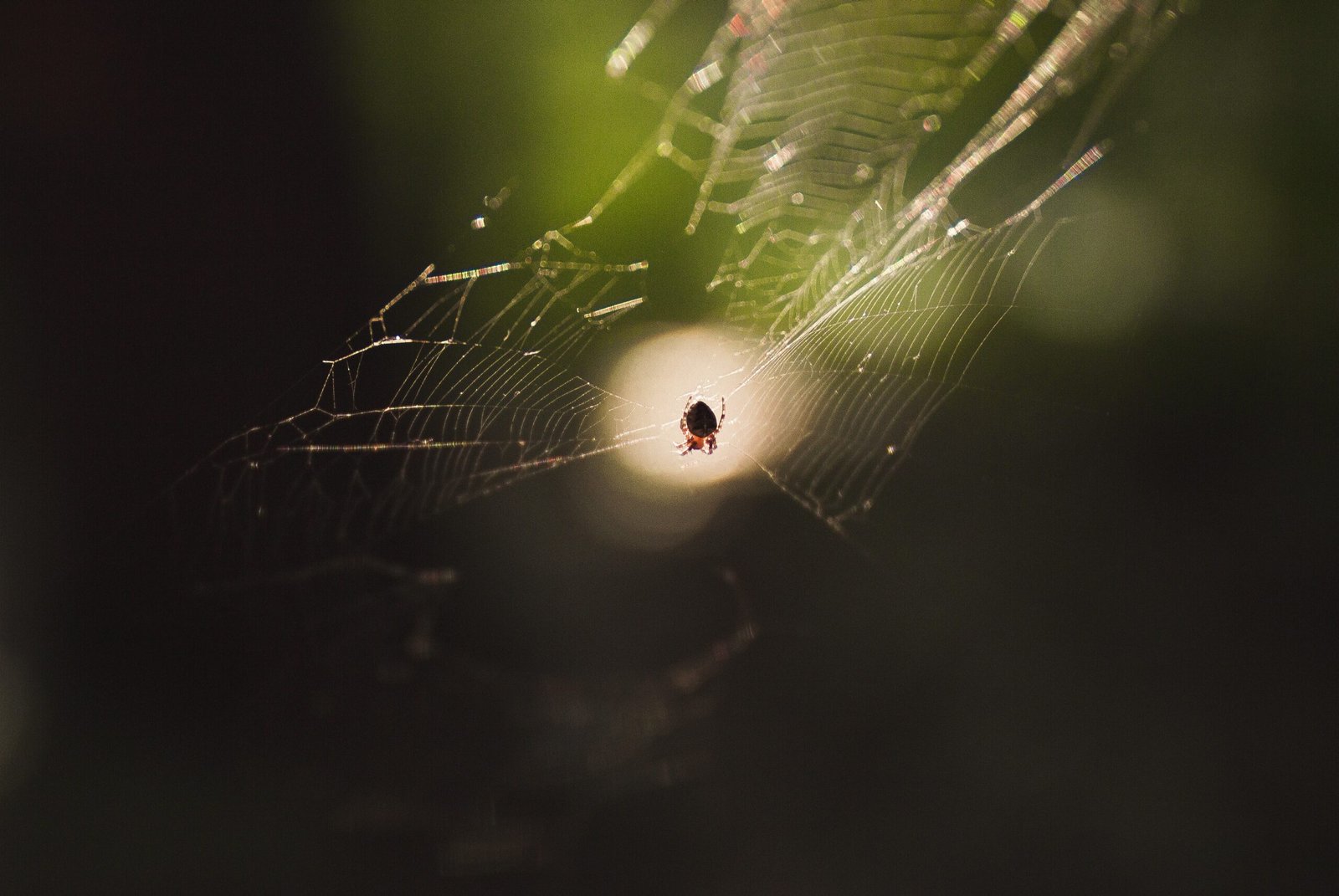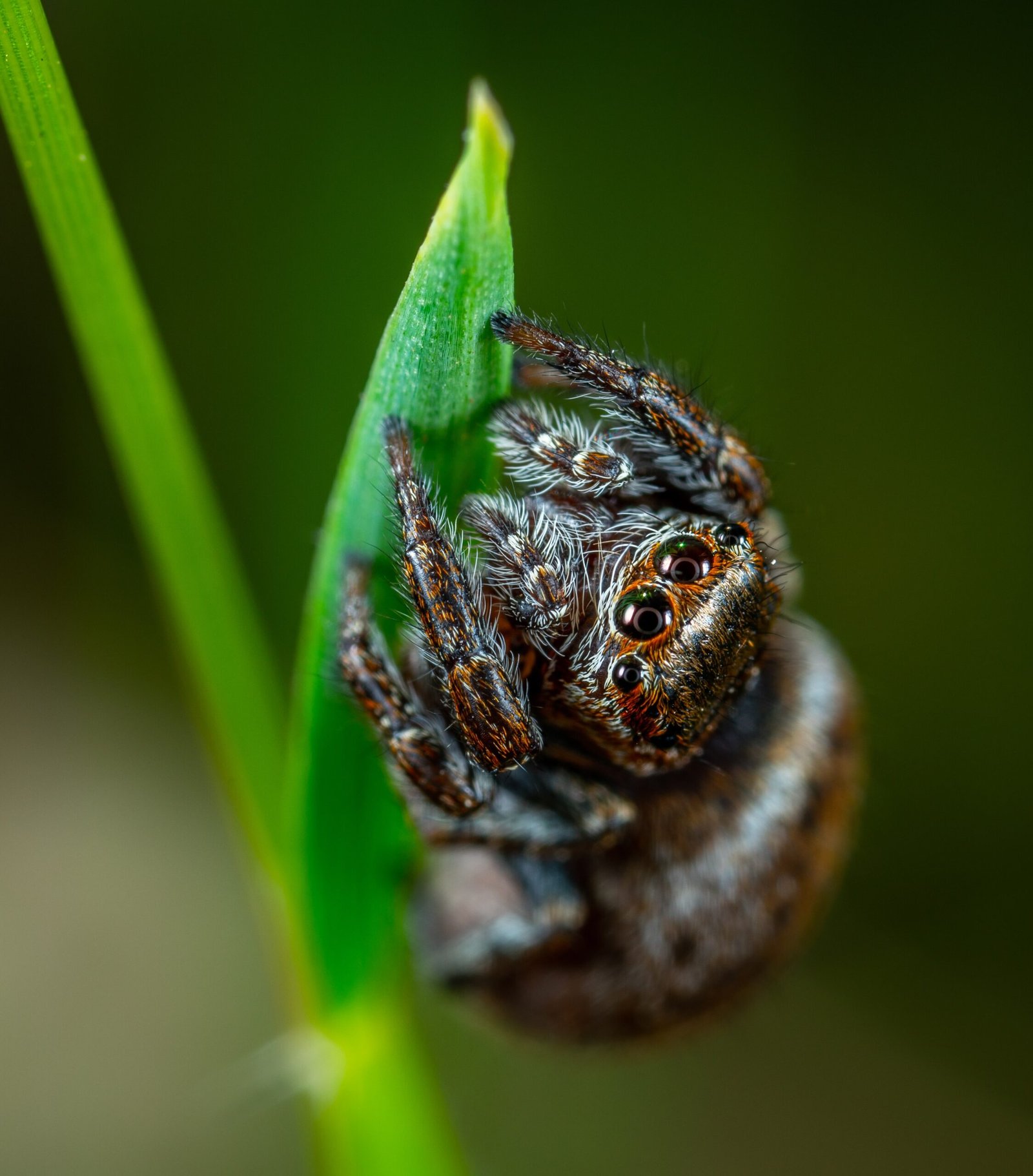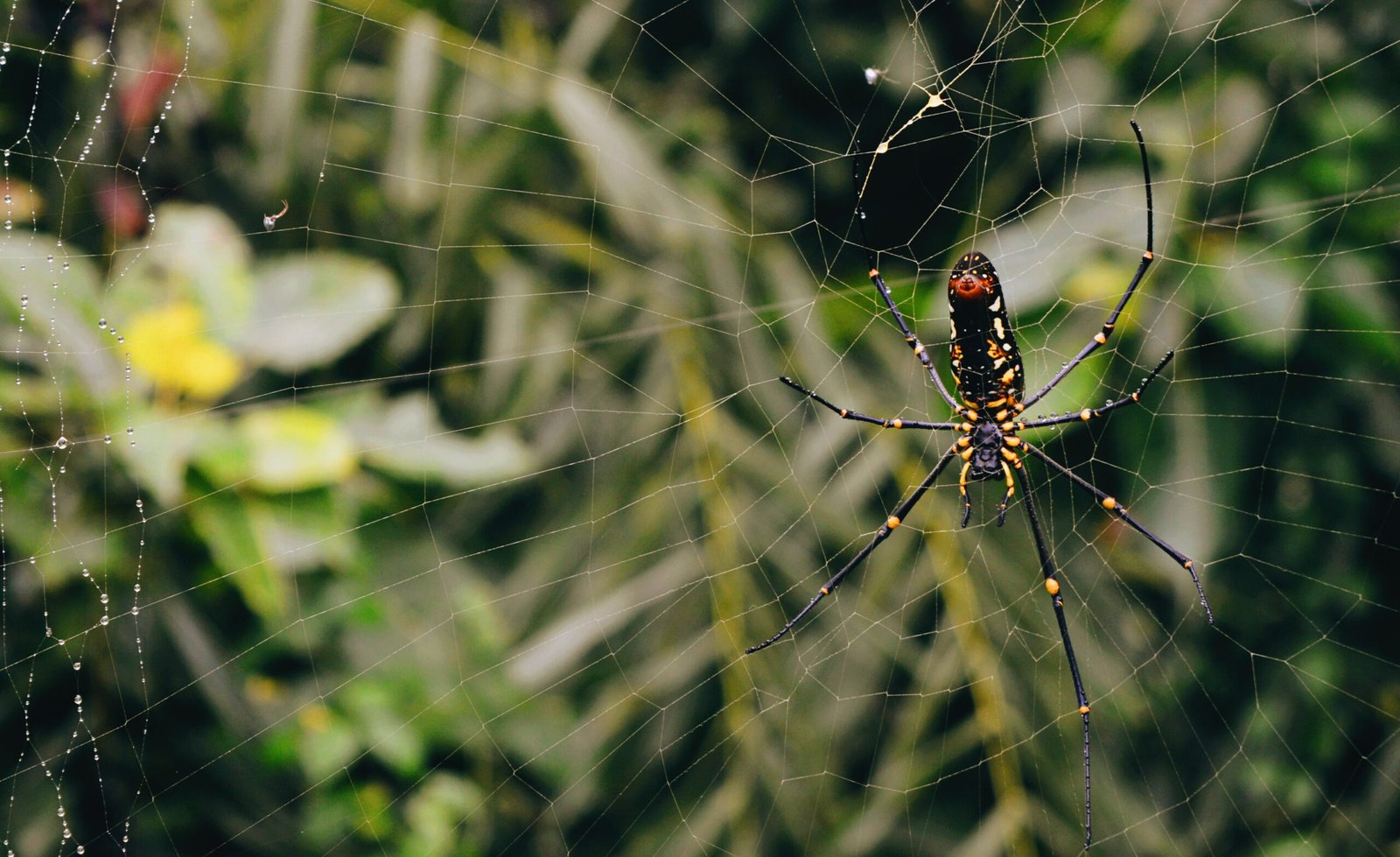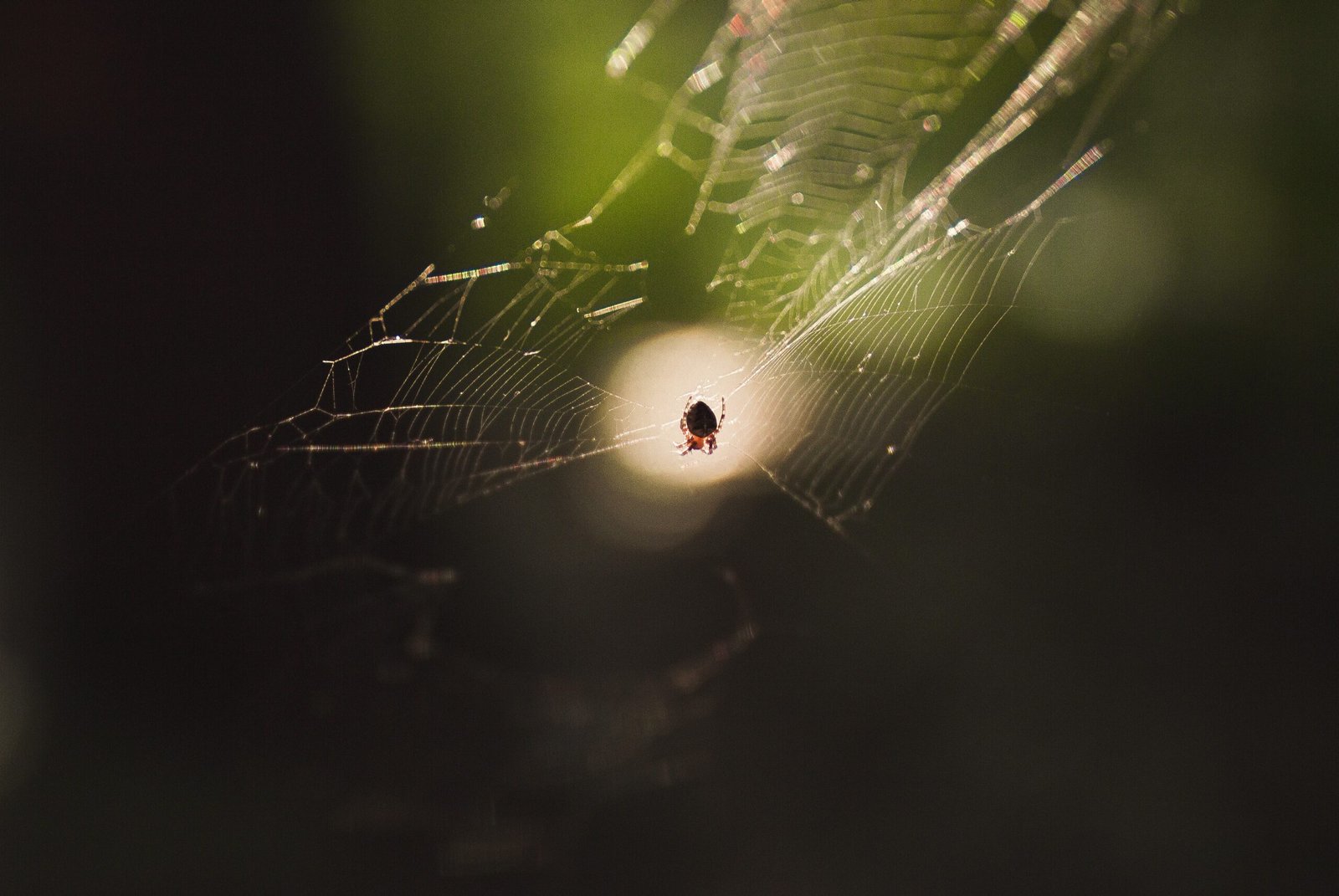In the mysterious world of arachnids, tarantulas stand as majestic and formidable creatures. Yet, one cannot help but wonder – can these fascinating giants face threats from their fellow arachnid species, such as the enigmatic whip spiders? As we embark on a journey into the realm of these eight-legged marvels, we uncover the intricate dynamics and potential dangers that lurk within their astonishing habitat. Join us as we navigate the vast web of interactions between tarantulas and whip spiders, revealing the secret battles and fragile alliances that shape the lives of these captivating creatures.
Can Tarantulas Face Threats From Other Arachnid Species Like Whip Spiders?
1. Introduction to Tarantulas
Tarantulas are large, hairy spiders that belong to the family Theraphosidae. They are known for their striking appearance and intimidating size. Found in various parts of the world, tarantulas are primarily nocturnal creatures that spend most of their time in burrows or hidden in crevices. Despite their fearsome reputation, tarantulas are typically docile and only pose a threat when provoked or handled improperly.
2. Introduction to Whip Spiders
Whip spiders, also known as amblypygids or whip scorpions, are a type of arachnid that are often mistaken for spiders due to their appearance. However, they are actually more closely related to scorpions. Whip spiders can be found in tropical and subtropical regions, where they inhabit caves, forests, and other dark environments. These creatures have a unique body structure characterized by elongated front legs resembling whips, which they use to capture prey and navigate their surroundings.

3. Natural Habitat of Tarantulas
Tarantulas inhabit a wide range of ecosystems, including deserts, rainforests, grasslands, and temperate regions. They are versatile creatures that can adapt to different climates and terrains. In general, tarantulas prefer to live in burrows or crevices that provide protection and shelter. These burrows are often lined with silk and serve as both a retreat and a hunting ground for the tarantula.
4. Natural Habitat of Whip Spiders
Whip spiders are typically found in damp environments such as caves, forests, and tropical rainforests. They are particularly adept at navigating through dark and complex terrain, thanks to their elongated front legs, which they use as sensory organs. Whip spiders prefer humid conditions and are well-suited to the dark, moist environments that they inhabit.

5. Coexistence of Tarantulas and Whip Spiders
In their respective habitats, tarantulas and whip spiders often coexist without direct competition or conflict. This is because they occupy different ecological niches within their ecosystems. Tarantulas are primarily ground-dwelling spiders that rely on stealth and ambush tactics to catch their prey, while whip spiders are more agile and adapted to climbing trees and rocks. As a result, their hunting strategies and preferred habitats rarely overlap, allowing them to coexist peacefully.
6. Predatory Behavior of Whip Spiders
Whip spiders are opportunistic predators that hunt a variety of small invertebrates, including insects, spiders, and even small vertebrates. They use their elongated front legs to capture and immobilize their prey, before injecting digestive enzymes into their victims and sucking out the liquefied remains. Despite their spidery appearance, whip spiders do not possess venomous fangs or stingers, relying instead on their powerful legs and sensory organs to subdue their prey.

7. Defense Mechanisms of Tarantulas
Tarantulas have evolved several defense mechanisms to protect themselves from predators, including whip spiders. Their primary defense strategy is to rely on their intimidating size and appearance to deter potential threats. When threatened, tarantulas may rear up on their hind legs, displaying their fangs and front legs in a show of strength. They can also release urticating hairs from their abdomen, which irritate the skin and eyes of their attackers. Additionally, some tarantulas are equipped with venomous fangs, which they may use as a last resort if provoked.
8. Interaction between Tarantulas and Whip Spiders
While tarantulas and whip spiders may encounter each other in their respective habitats, direct interaction between the two species is relatively rare. Due to their different hunting strategies and habitats, they are unlikely to compete directly for resources. Tarantulas, being ground-dwelling spiders, are less likely to encounter whip spiders, who prefer higher elevations and arboreal habitats. However, on the rare occasion when they do come across each other, their behavioral response is mostly non-aggressive, with each species recognizing the other as potential predators and choosing to maintain their distance.

9. Competitive Interactions for Resources
Although tarantulas and whip spiders occupy different ecological niches, there can be some competition for resources in overlapping habitats. Both species rely on similar food sources, such as insects and small invertebrates. In areas where resources are limited, there may be indirect competition between tarantulas and whip spiders for prey items and suitable shelter. However, due to their distinct hunting strategies and adaptations, the impact of this competition is likely minimal.
10. Threats and Predation of Tarantulas by Whip Spiders
While tarantulas are formidable predators themselves, they are not immune to predation by whip spiders. In rare cases, whip spiders may prey upon tarantula eggs, juveniles, or individuals weakened by injury or molting. Whip spiders possess powerful legs and sensory organs that give them an advantage in capturing and immobilizing their prey. However, it is important to note that such instances of predation are relatively infrequent and not a significant threat to tarantula populations.

11. Comparative Analysis of Strengths and Weaknesses
When comparing the strengths and weaknesses of tarantulas and whip spiders, it is clear that both species have evolved unique adaptations that allow them to thrive in their respective habitats. Tarantulas have size, strength, and venom as their primary advantages, while whip spiders rely on their agility, sensory organs, and hunting techniques. While whip spiders may be more maneuverable and adept at capturing small prey, tarantulas possess greater size and strength, which can serve as a deterrent to potential predators.
12. Conclusion
In conclusion, while tarantulas and whip spiders may share similar habitats, their distinct hunting strategies and adaptations minimize direct competition and conflicts between the two species. While whip spiders may occasionally prey upon weakened or vulnerable tarantulas, such instances are relatively rare and do not pose a significant threat to the overall population of tarantulas. Both tarantulas and whip spiders play important roles in their ecosystems and contribute to the overall biodiversity of arachnid species.
